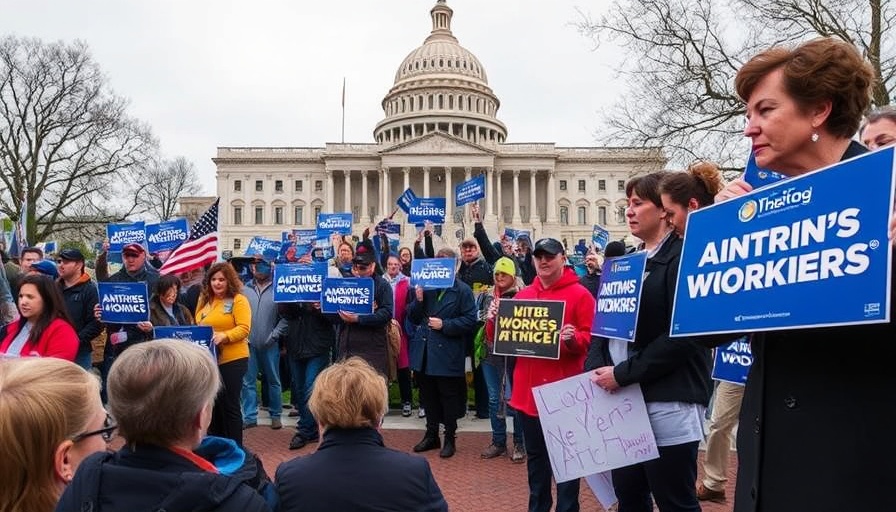
Why the Protecting America’s Workers Act Matters Today
On April 28, Workers Memorial Day, House Democrats reintroduced the Protecting America’s Workers Act, a significant legislative effort that aims to enhance occupational health and safety. This initiative is not just a bureaucratic maneuver; it represents a crucial step forward in protecting over 8 million state and local government employees who deserve better safety provisions. The core of the bill is centered around expanding OSHA’s coverage and redefining penalties for companies that sidestep safety laws.
Understanding the Key Provisions of the Bill
The reintroduced legislation includes several noteworthy updates aimed at holding employers accountable. Most importantly, it aims to reinstate the 'Volks' rule, allowing OSHA to cite employers for recordkeeping violations up to 5½ years after an incident instead of the previously restricted six-month limit. This change means companies can no longer evade accountability, ensuring that workers’ rights are recognized even long after incidents occur.
Furthermore, the bill authorizes felony penalties against employers for serious violations leading to grave outcomes, potentially impacting corporate officers and directors. Such stringent measures signal a commitment to prioritize worker safety at the highest organizational levels, transforming how businesses approach compliance and employee well-being.
Review of Historical Context
The Protecting America’s Workers Act has had a rocky history since its inception; introduced multiple times since 2004, it has failed to advance beyond committee stage in past sessions. Historical reluctance to pass the bill raises questions about political will, particularly in a climate where worker safety is often overshadowed by economic concerns. Yet, this renewed push underscores a growing recognition that protecting workers is inherently linked to sustainable business success.
Relevance to Current Events and Trends
In a post-pandemic landscape, worker safety can no longer be an afterthought; it has become a business imperative. The COVID-19 crisis shed light on existing vulnerabilities within workplaces, and the call for better regulations is louder than ever. Passing the Protecting America’s Workers Act could serve as a touchstone for a more comprehensive understanding of workplace safety, especially in the face of evolving health risks and safety standards.
Actionable Insights and Implications for Business Owners
For business owners, property developers, and facility managers, understanding this legislation is vital. Compliance with updated safety laws can translate into significant cost savings in the long run. Ensuring that safety protocols are consistently followed fosters not only a healthier work environment but can boost employee morale and productivity. As a proactive step, businesses should begin reviewing their current protocols, considering adjustments in anticipation of these potential changes in legislation.
Your Role in Promoting Worker Safety
As members of the workforce ecosystem—including contractors and managers—there is a profound responsibility to advocate for safety improvements. Engaging in zero-tolerance policies for unsafe practices and prioritizing regular safety training sets a precedent that resonates throughout the industry. It’s not just about compliance; it’s about creating an organizational culture that values every worker’s life.
The Protecting America’s Workers Act is more than just legislation; it’s a reflection of society’s commitment to safeguarding the rights and lives of workers. Advocacy starts at every business level, and as the bill makes its rounds again, let’s ensure it garners the attention it deserves.
 Add Row
Add Row  Add
Add 




Write A Comment